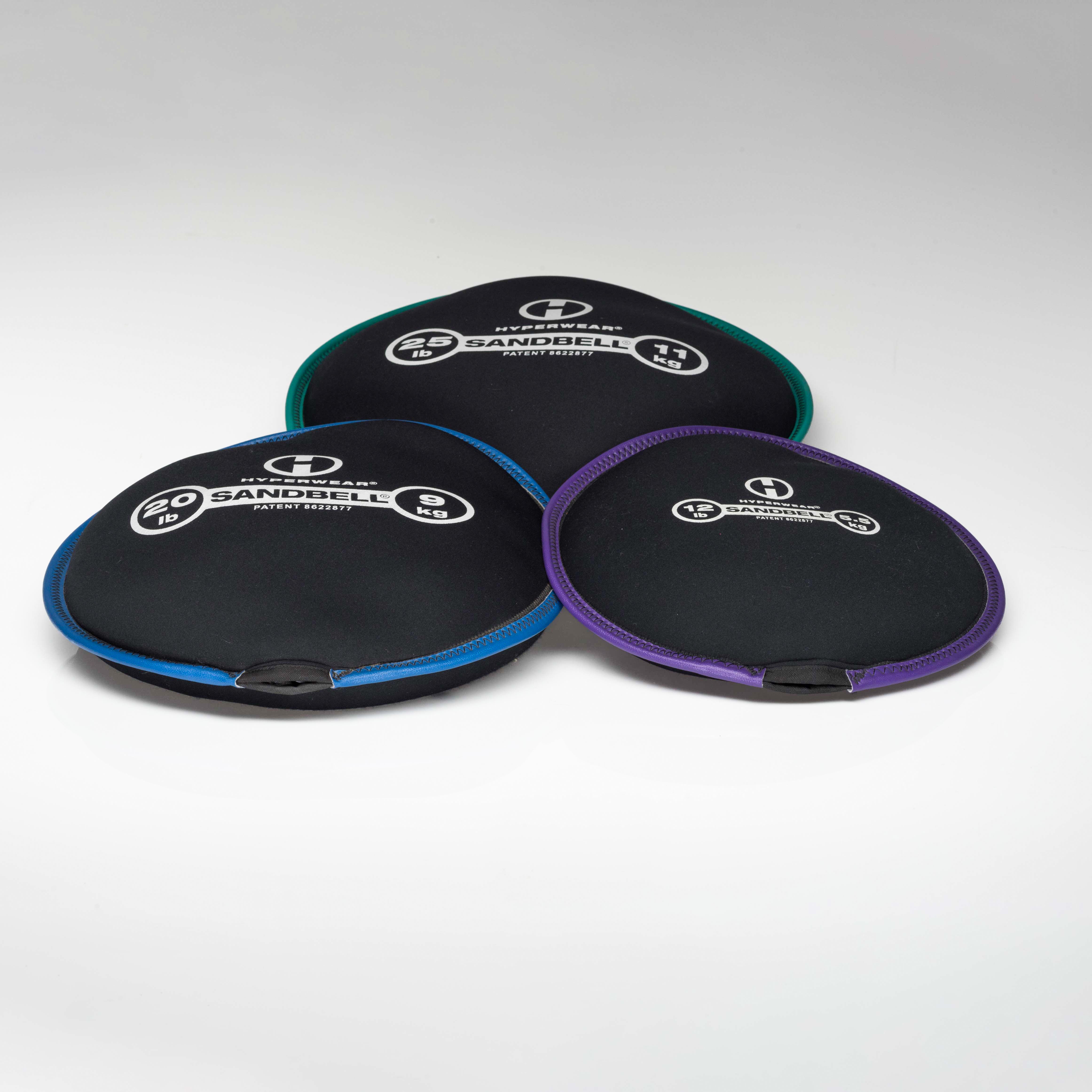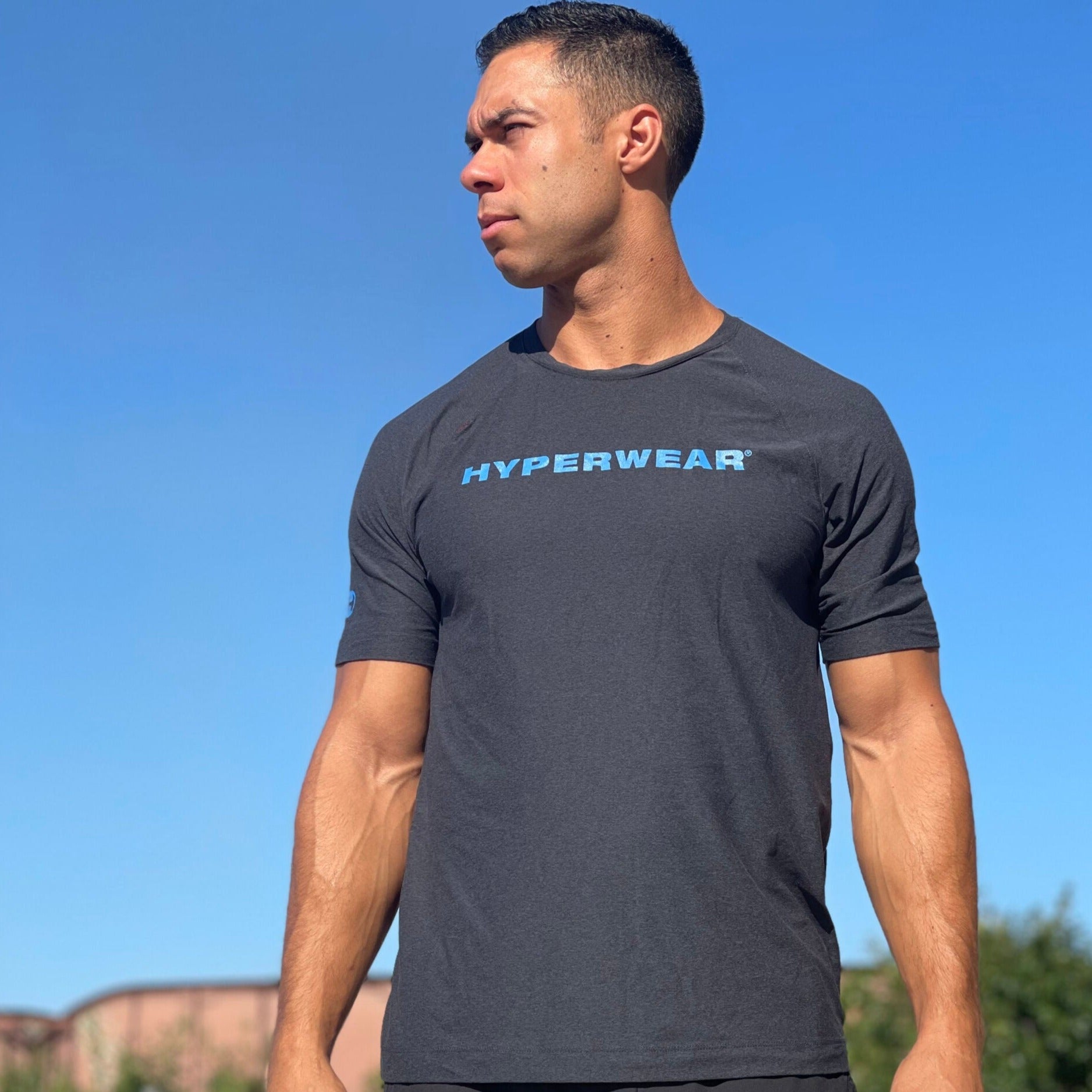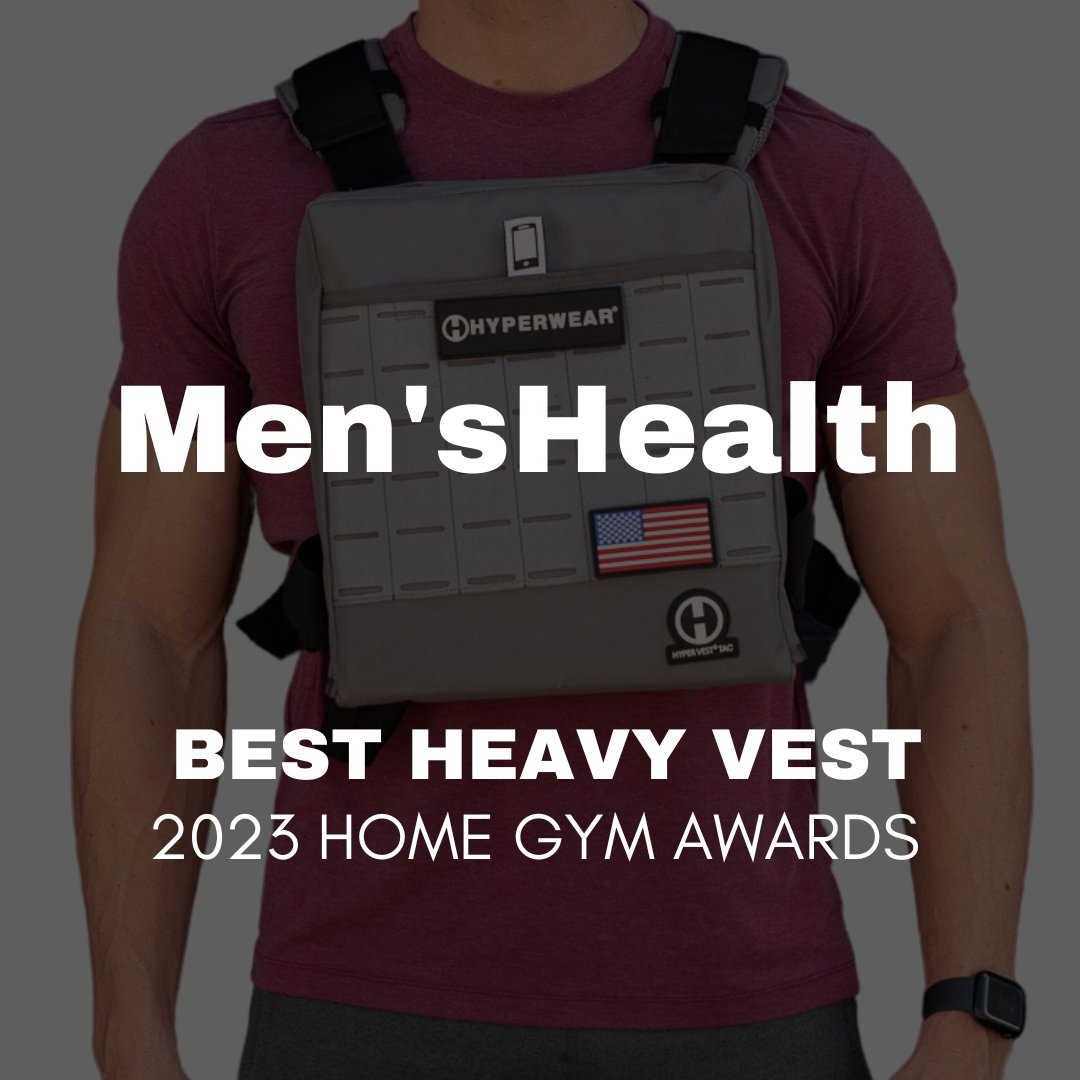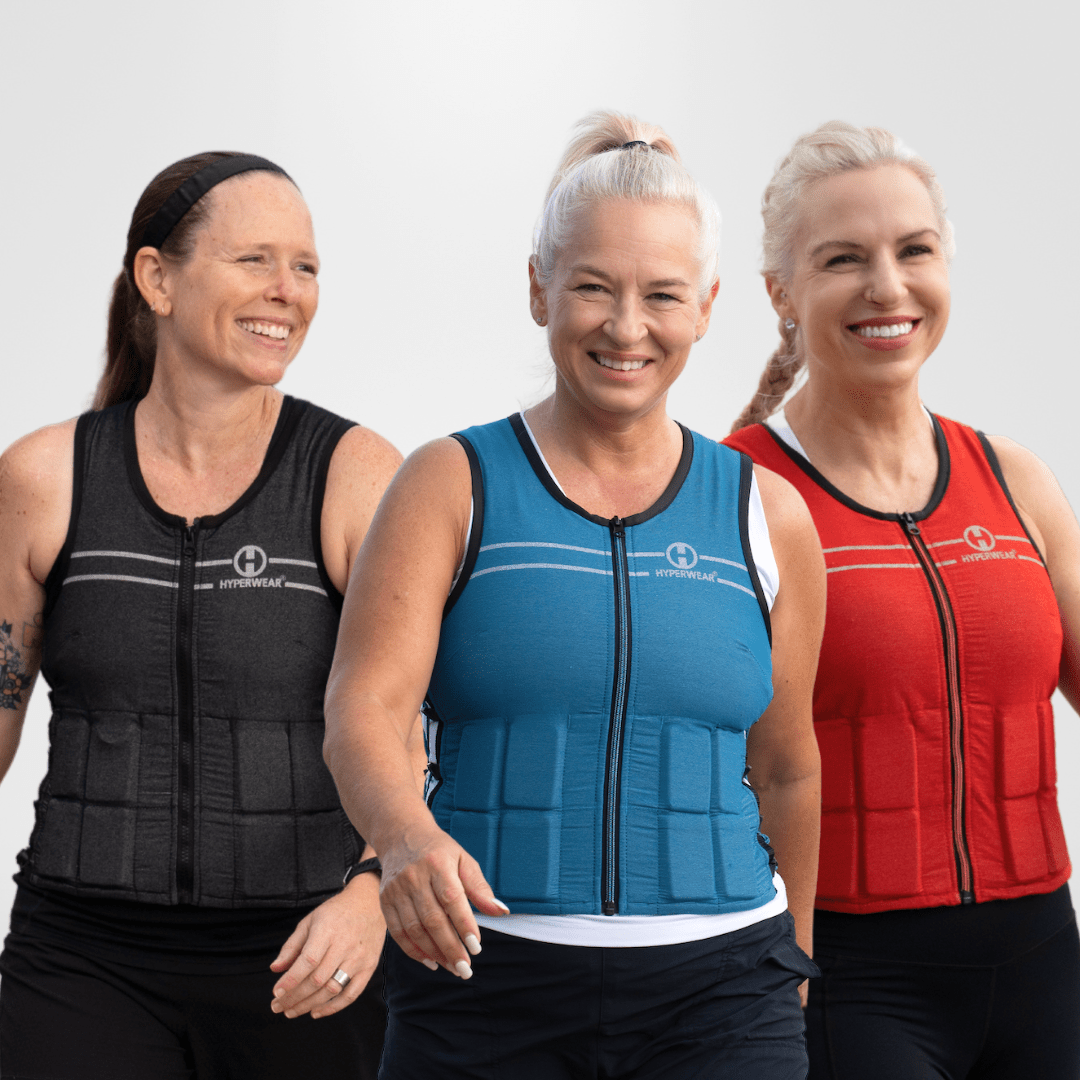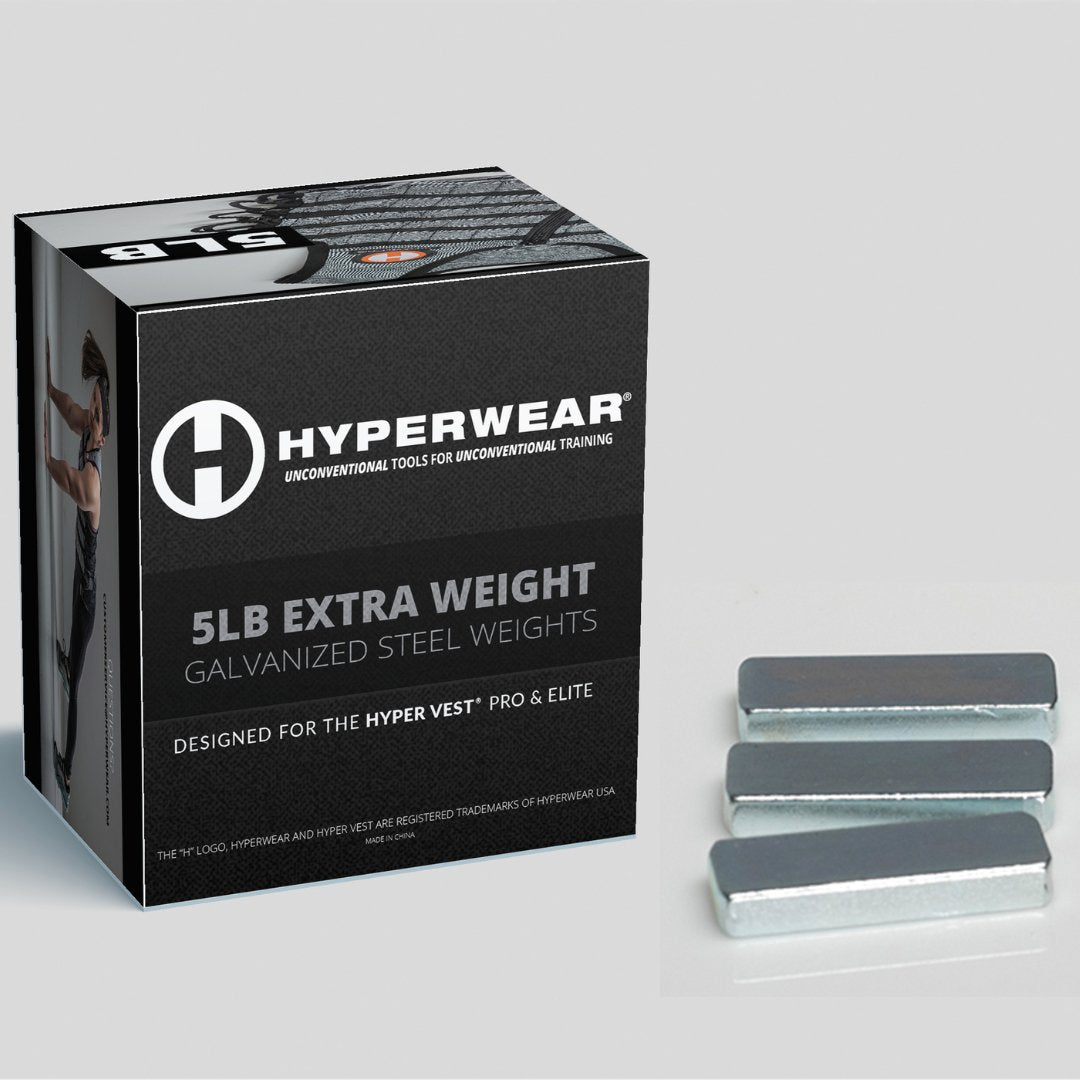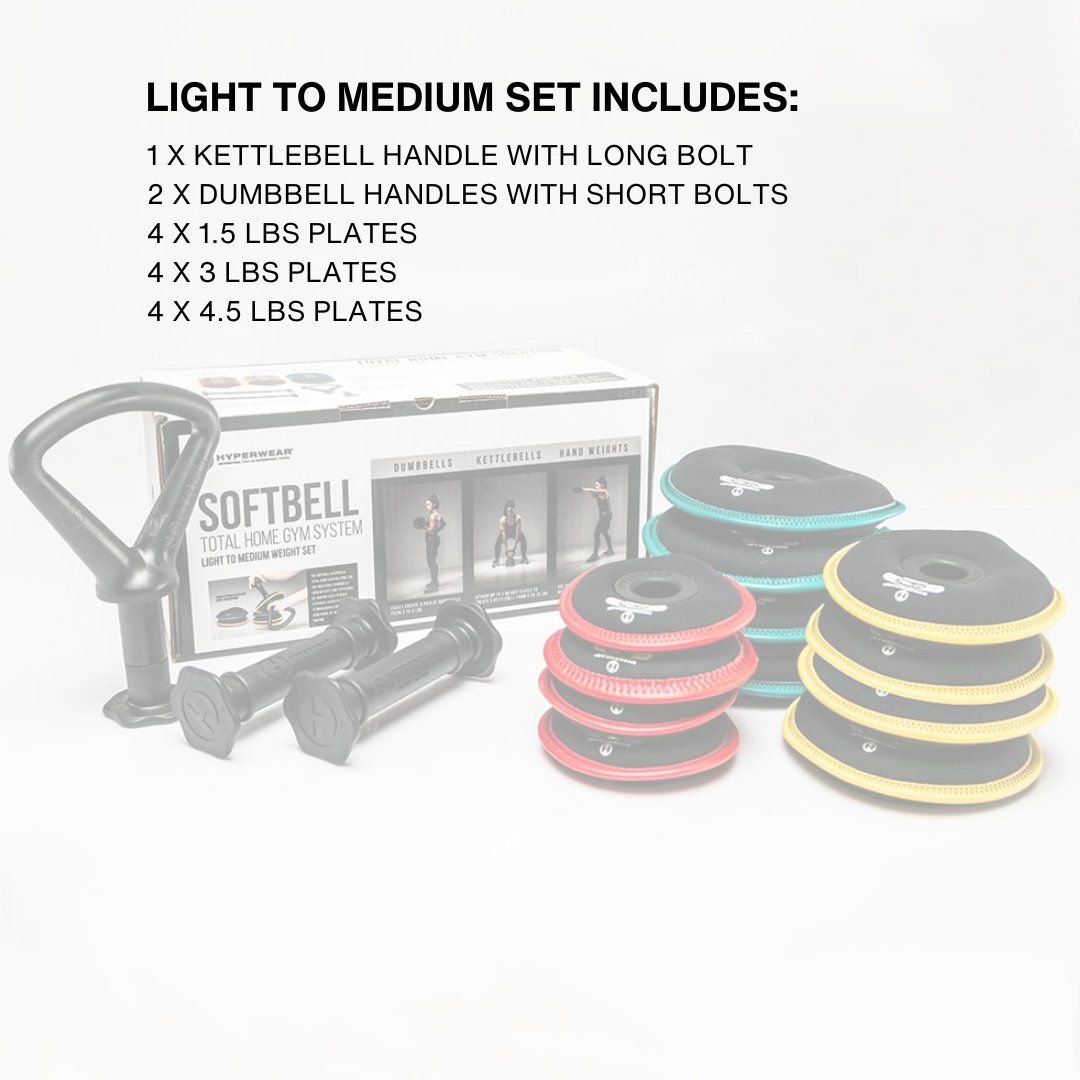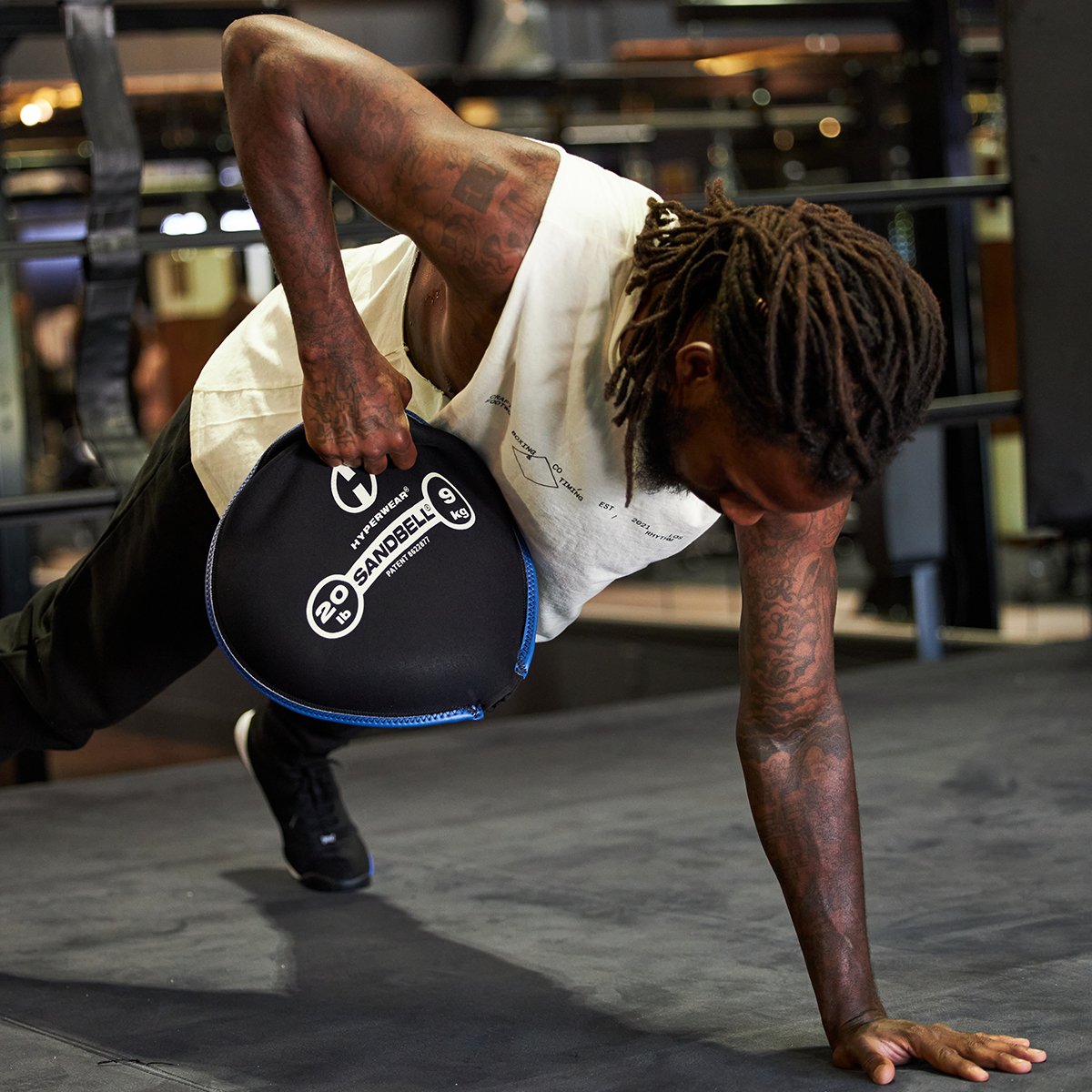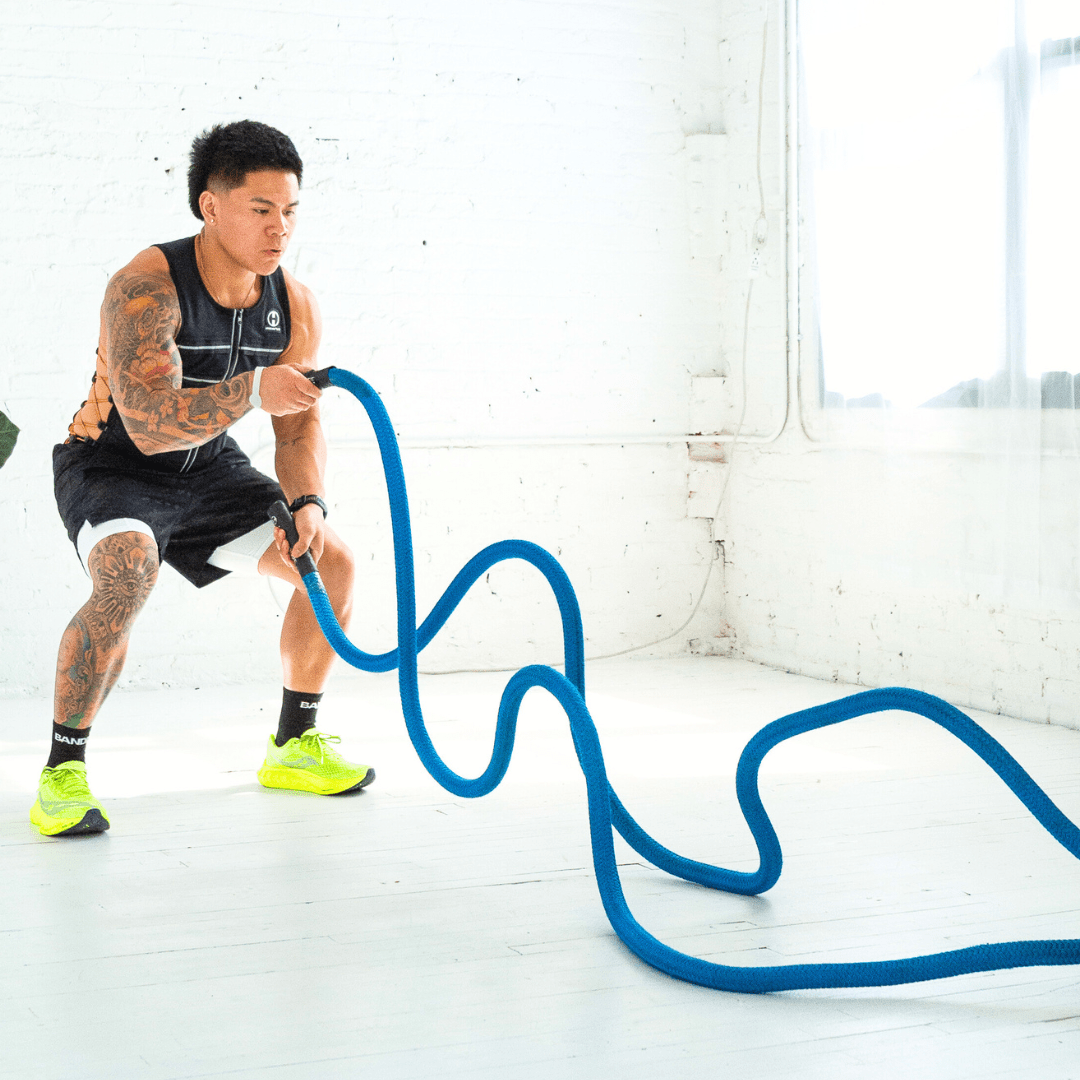If you’ve ever been a member of a global or box gym then you’ve likely used a fitness machine. The array of options makes it easy to target and isolate specific muscles. The machines literally display pictures of which muscle group you’ll be targeting. There is a downside to this, however. The human body wasn’t built to work in isolation, most natural movements require the integration of multiple muscle groups especially core muscle integration. When we depend on machines as the sole method of exercise, we lose that muscle integration which puts us at a higher risk of injury. Excessive use of isolation movements can lead to overuse and failure to properly engage the core during compound movements. These top three movements are all about re-establishing that aforementioned core muscle integration.
SandBell Bent Press
The Bent Press is a unique movement that, honestly, doesn’t get the attention it deserves. Sure, the standing strict press is great for blasting the shoulders, but over time this movement can cause the shoulder to be impinged, especially since a lot of people lack overhead mobility. The Bent Press allows you to press weight without that same shoulder risk. Furthermore, during the movement you’re literally changing the relationship between the hip and the loaded shoulder together. You might be thinking to yourself, “The hip and shoulder have a relationship?” Yes they do and their date night should be at least twice a week. Remember that your body isn’t meant to be static. So, the stronger you are with your hips and shoulders in various positions, the safer and more functional you’ll be.
Depending on your lifestyle or past workout routine your spine can become stiff and rigid, losing its ability to rotate. When this occurs, the symptom normally presents itself as low back pain. IN other words, low back pain can arise when rotational capacity has been neglected in a workout routine. Performing integrative movements like the Bent Press will mitigate current and prevent future low back pain. During this movement, the spine has to laterally flex (bend to the side) in order to perform this movement properly. This motion causes the obliques, an important but often neglected core muscle, to engage and support your spine. When muscles like the obliques and transverse abdominis are integrated into your workout, you’ll be stronger and have a lower chance of injury. Make sure to watch the video to understand how to properly perform this movement.
SandBell Reverse Lunge Chop
Ever heard a classic song remixed with your favorite new age genre and it sounds amazing? That's pretty much what the reverse lunge chop is. The reverse lunge is one of my favorite movements because people are more likely to perform it correctly and it's easy to progress when compared to other lunge variations. As great as it is, it lacks the necessary component about which this article was written, rotation for core muscle integration. Adding a chop motion to this movement leads to more core integration. We now know that more core integration will make us stronger as well as lessen and prevent low back pain.
When first learning this movement I recommend chopping over the leg that is in front. When your thigh is parallel to the ground. We call this a hip flexed position. When the body is in hip flexion the muscle fibers from the core are shortened making it easier to engage the core. So chopping this way will facilitate better core engagement and feel more natural. Over time it would be beneficial to learn to chop over the leg with the knee down. It is important to learn to engage the core in both short and long positions. However, for most people engaging the core in a long position is damn near impossible, so let's keep it simple for now.
Weight Vest Pike Push-up with Toe reach
As summer approaches, the need for bigger arms, shoulders, and back becomes ever more important for gentlemen like myself. The Pike Push-up is a great way to grow all of the aforementioned. Additionally, performing this specific push-up variation has a direct transfer to overhead pressing motions, i.e. barbell push press. Keeping the elbows nice and tucked while doing the pike push-up works the serratus anterior and the lat. The serratus anterior is responsible for controlling the scapula and stabilizing the shoulder as it goes into flexion. The lat, on the other hand, attaches to the humerus (the big arm bone) and aids in both internal and external rotation of the ball and socket joint. Both muscles are needed when throwing weight overhead.
A rotational component can also be added to the pike push-up making it more challenging and more beneficial to the person performing it. In theory it is simple but in practice it is far more difficult. To properly rotate in this pike position both arms and legs must be fully extended causing you to be in an upside down “V” position. Once in this position, lift one hand off the ground and reach towards the opposite foot (right hand to left foot). This small movement causes internal rotation of the shoulder, rotation, and lateral flexion of the spine. Internal rotation of the shoulder is necessary for most overhead movements and as we discussed earlier, lateral flexion and rotation of the spine help mitigate low back pain.
Jon Brown, owner of Empirical Fitness in Austin Texas
VIEW ON YOUTUBE
SEE MORE TRAINING TIPS
MUSCLE ENDURANCE WITH THE HYPER ROPE









